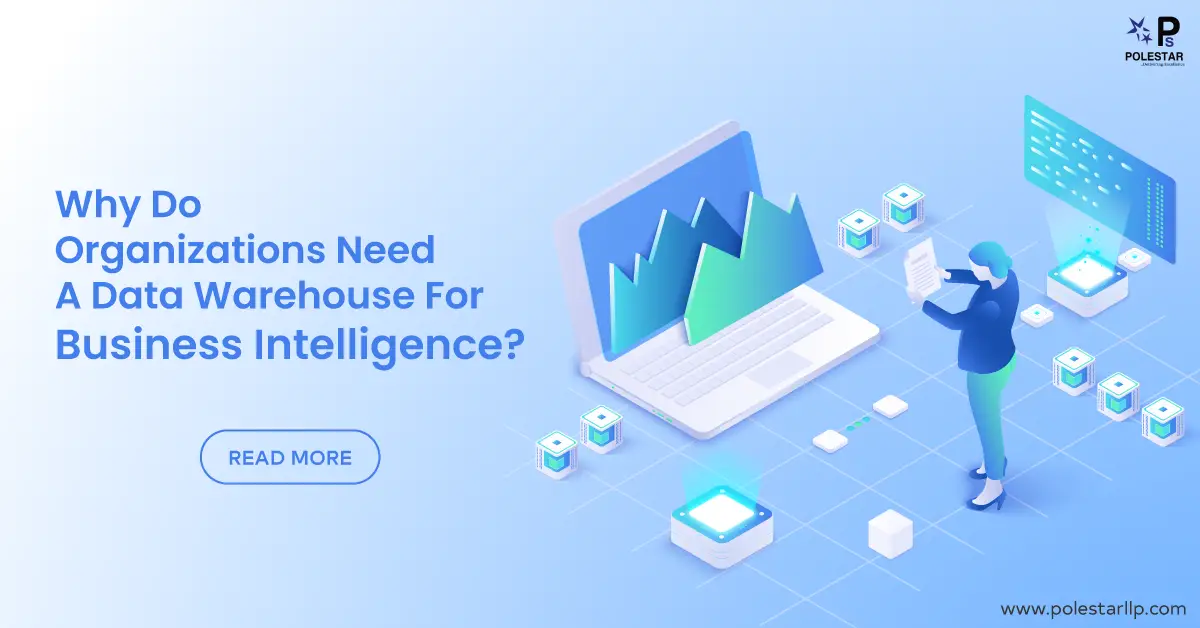Effective decision-making processes in an organization are dependent upon high-quality information. That is a fact in present hyper-competitive business environment that needs agile access to a data storage warehouse, which are organized in a manner that will improve business performance, deliver fast, accurate, and relevant data insights.
Today, Data Warehousing and Business Intelligence are closely tied to organizational decision making. Companies – big and small – enable knowledge workers (Senior Executives, data owners and analysts) to make swift, tactical and outcome-centric decisions based on large-scale data analytics. Gone are the days when DBMS systems were utilized for storage, data assimilation, processing and retrieval.
Today, data from various sources are required to be processed concurrently, and immediate results need to be presented and worked upon to make sure the customer-centric business operations. Industrial verticals such as- healthcare, BFSI, utilities, government organizations, etc., are turning to Data Warehousing, powered by BI, to stay ahead in the race for success.
Data Warehousing and Business Intelligence concepts
Business Intelligence and Data warehousing often go hand in hand as the data made accessible in the DWs are central to the BI tools’ use. Business Intelligence tools like Tableau, Qlik, Power BI, etc., use data from the DWs for purposes such as- reporting, query, data mining and analytics.
In any organization, Business Intelligence services plays a central role in smooth and cost-effective functioning. Thus, BI is helpful in operational efficiency, including KPI tracking, ERP reporting, product profitability, risk management, logistics, costing, and more. It also assists in customer interaction which includes, sales forecasting, segmentation, sales analysis, customer profitability campaign planning, and so on.
When a user requires data concerned to the queries such as- when did an order ship? How many of the product items have been sold this month? Etc. Data from the traditional database using OLTP is used. Such data retrieval is done when you require data as an answer to direct queries or questions.
Therefore, if you require data for more holistic and subjective queries such as the contribution of each product line in the gross profits, factors affecting order processing time, and more, DWs are used.
Organizations better know that DWs aggregate data store and use process which is the answer to the mentioned queries. BI tools need such data from the DWs. The data is carried through the OLAP. DW and OLAP has proved to be a pretty new thing from the old decision-making applications which utilizes OLTP. Hence, it can be assumed that almost all of the enterprises switched to using OLAP and data warehouse model.
How do data warehouses and BI Platforms work together?
While data warehouses store data, BI platforms analyze data. When both these systems work together seamlessly, organizations get a chance to unlock cut-throat benefits of BI.
BI tools fulfill the “data analysis” stage of BI, however, they get their name because they are the culmination of the other two steps: data storage and data wrangling.
First, BI tools integrate with many disparate sources, including data warehouse. They then give an easy way to query the data to analyze data for insights and trends. Furthermore, they make it easy to visualize and share data using dashboards and reports.
These three steps, built on top of an exemplary DW foundation, will make it easier to follow through on the core promise of BI by offering everyone in the organization with the ability to understand and act on data.
Present Scenario of Business Intelligence and Data Warehousing
As technological advancements take place with the time, data warehousing alternatives have also landed into the market. They are ELT process, data lakes, and automated DWs for swift data analysis and processing.
Data lakes and technologies like Hadoop follow ELT, which is a more flexible approach. Whenever a Business Intelligence tool needs the data, we take it from the data lakes and transform it accordingly to do the analysis. But organizations still need data warehouse services for analysis which needs structured and processed data.
Final Thoughts
Thus, data warehousing and Business Intelligence are two essential pillars in the survival of an enterprise. It helps to check on crucial elements like ERP, CRM, products, supply chain, and customers.
The BI and DW technologies give comprehensive, accurate, integrated and up-to-mark information on the present situation of organizations which supports taking required steps and making important decisions for the company’s growth.






